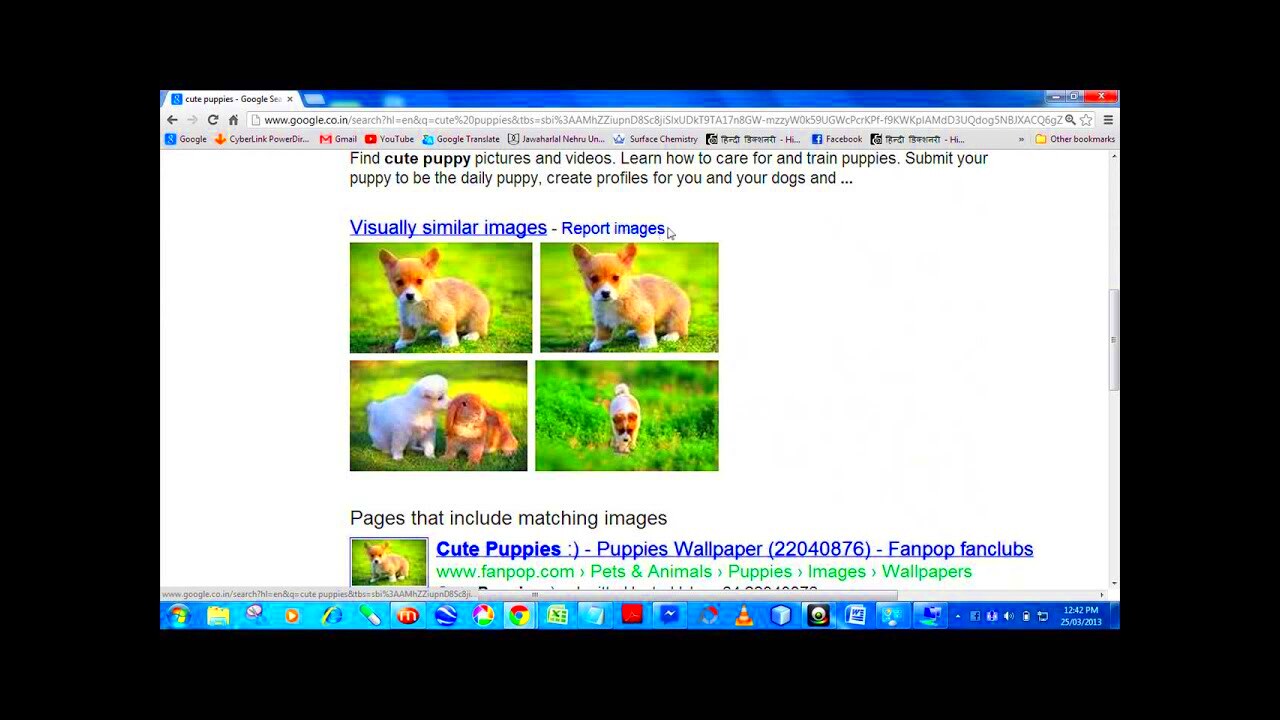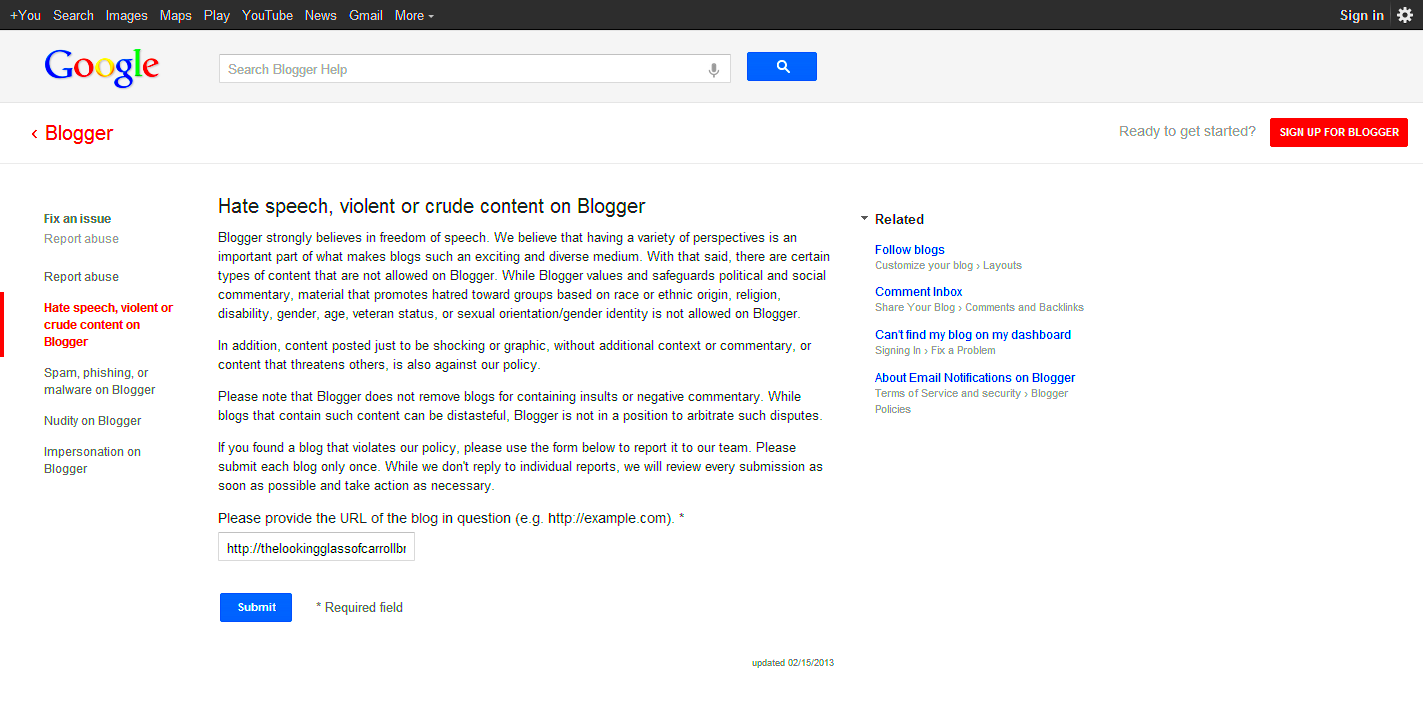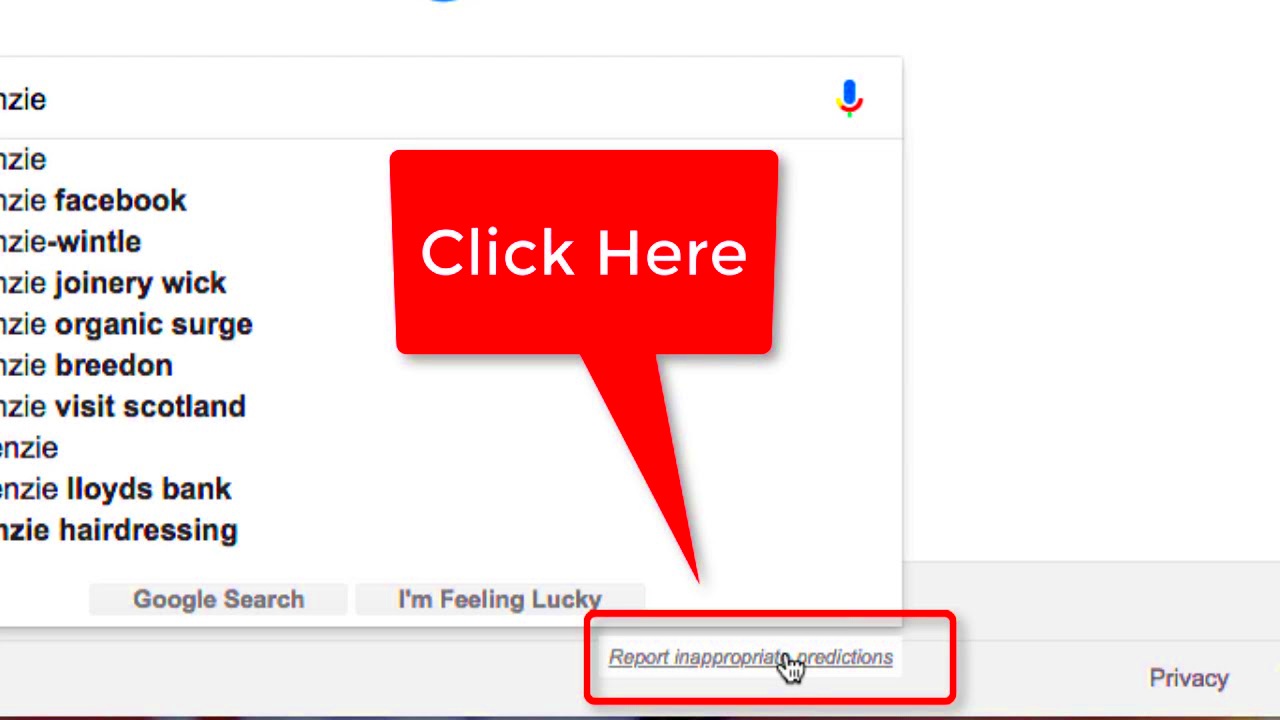Google Images is a fantastic tool for finding pictures, but sometimes, inappropriate or harmful content can slip through the cracks. Whether it's offensive, explicit, or just plain misleading, knowing how to report such content is essential. Reporting images helps keep the platform safe for everyone and ensures that the guidelines set by Google are respected.
In this guide, we'll walk you through why it's important to report these images and how you can easily do it. By taking a few minutes to report inappropriate content, you can contribute to maintaining a safer online space for all users.
Why It's Important to Report Inappropriate Images

Reporting inappropriate images plays a crucial role in keeping the internet safe and friendly. When you report an image, you're helping to create a cleaner, more responsible online environment. Here are a few key reasons why reporting matters:
- Protecting Others: Many users rely on search engines to find images. If offensive content is allowed to stay up, it can harm or disturb those who encounter it.
- Respecting Google’s Guidelines: Google has strict policies against explicit, harmful, and misleading images. Reporting helps enforce these rules and ensures that their platform stays trustworthy.
- Fostering a Safer Online Community: When inappropriate images are removed, it creates a safer space for everyone to interact and share content freely without fear of encountering harmful material.
- Holding Uploaders Accountable: Reporting inappropriate content sends a message that bad behavior won’t go unnoticed. It can prevent the spread of offensive images online.
Ultimately, reporting is a small action that can have a significant impact on the overall experience for users worldwide. Everyone benefits when inappropriate images are removed quickly and efficiently.
How to Identify Inappropriate Content on Google Images

To effectively report inappropriate images, it’s important to know what qualifies as inappropriate content. Google Images follows a set of community guidelines that restricts explicit, violent, and misleading material. Here are some types of content you should be on the lookout for:
- Explicit Content: This includes sexually explicit images, pornography, or anything else meant for an adult audience.
- Violent or Graphic Images: Anything depicting violence, injury, or harmful acts is inappropriate. This can include graphic violence or disturbing imagery.
- Hate Speech and Discrimination: Images that promote hate speech, racism, sexism, or discrimination based on religion, sexual orientation, or any other category are prohibited.
- Misleading or Manipulative Content: Images that deceive or mislead, such as fake news images or manipulated visuals intended to harm or confuse, should be flagged.
- Harassment and Bullying: Any image that is used to harass, bully, or intimidate others can be considered inappropriate and should be reported immediately.
If you come across any images that fall under these categories, they should be flagged for review. It's always a good idea to consider the context as well — even seemingly innocent images can sometimes be inappropriate if used to harm or deceive others.
By identifying and reporting these types of content, you're helping to maintain a positive and welcoming space for everyone on Google Images.
Step-by-Step Guide to Reporting an Image on Google
Reporting an inappropriate image on Google Images is a simple process, but it's important to follow the steps carefully to ensure that the image is properly flagged. Here’s how you can do it:
- Find the Image: Start by locating the image you want to report. You can do this by either searching for it directly on Google Images or by right-clicking on the image if it's already displayed in your browser.
- Open the Image in Full View: To report an image, you need to open it in full view. Simply click on the image in the search results to see it in a larger format.
- Click on the Three Dots: On the top right corner of the image preview, you'll see three vertical dots (⋮). Click on these dots to open the options menu.
- Select "Report a Problem": From the menu, choose the option that says "Report a Problem." This will take you to a reporting page.
- Choose the Reason: You'll be asked to select a reason for the report. This could include categories like explicit content, hate speech, or violence. Choose the most appropriate reason based on the content of the image.
- Submit the Report: After selecting the reason, click "Submit." Your report will be sent to Google for review.
Once submitted, Google will review the image based on its community guidelines, and they will take appropriate action if necessary. Keep in mind, the process may take a few days depending on the volume of reports Google receives.
What Happens After You Report an Image
After you report an image, it's important to know what happens behind the scenes. Google takes reports seriously, and they follow a structured process to handle them. Here's what happens next:
- Review Process: Once the report is submitted, Google’s team of moderators will review the image. They will check whether the image violates any of Google’s community guidelines. This process can take anywhere from a few hours to several days depending on the complexity of the report.
- Evaluation Criteria: Google uses automated tools and human moderators to evaluate reports. They check the image for things like explicit content, violence, hate speech, or misleading information.
- Outcome: If the image is found to violate Google's policies, it will be removed from the search results. In some cases, the uploader may also face account restrictions or penalties.
- Notification: Google will not always notify the person who reported the image about the outcome. However, you can check back later to see if the image is still appearing in search results.
- Appeal Process: If the uploader believes the report was a mistake, they have the option to appeal the decision. This means that the image may be reinstated if the appeal is successful.
While the process is fairly straightforward, it's worth remembering that not all images will be removed just because they are reported. Google aims to strike a balance between removing harmful content and allowing free expression within the bounds of its guidelines.
Common Mistakes to Avoid When Reporting Images
While reporting an image on Google is relatively easy, there are a few common mistakes that can delay the process or cause confusion. Avoiding these mistakes will ensure that your report is handled quickly and effectively:
- Reporting for Wrong Reasons: Make sure the image genuinely violates Google's policies. For example, don’t report an image just because you disagree with it or find it offensive on a personal level. Google has specific guidelines for what counts as inappropriate content.
- Failing to Select the Correct Category: When you report an image, you’ll need to choose a category (e.g., explicit content, violence, harassment). Be sure to select the most appropriate category to ensure your report is processed correctly.
- Reporting Multiple Times: Reporting the same image multiple times does not speed up the process. Google only needs one report per image. Spamming the system may cause delays.
- Ignoring Context: Sometimes, images can be misleading but may not technically violate Google’s rules. For example, an image might look violent, but it could be part of an art piece or news reporting. Always consider the context before reporting.
- Not Following Up: After you’ve reported an image, don’t forget to check whether it’s still showing up in search results. If the image hasn’t been removed and you believe it should be, you may need to report it again or escalate the issue.
By avoiding these common mistakes, you’ll help ensure that the reporting process goes smoothly and that harmful content is flagged and addressed properly.
FAQ About Reporting Inappropriate Content on Google
If you're new to reporting inappropriate content on Google Images, you might have some questions. Here are the answers to some frequently asked questions to help clear up any confusion:
- What kind of content can I report?
You can report any image that violates Google's community guidelines. This includes explicit content, graphic violence, hate speech, harassment, and misleading or manipulated images. - Will I be notified about the result of my report?
Generally, Google does not notify users about the outcome of their reports. However, you can check the image in search results after a few days to see if it has been removed. - What happens if the image I report is not removed?
If an image is not removed, it may be because it did not violate Google's guidelines. If you believe the decision was incorrect, you may be able to submit an appeal or report it again. - Can I report an image on behalf of someone else?
Yes, you can report an image that you believe harms someone else. Just be sure that the image meets the reporting criteria and genuinely violates Google's policies. - How long does it take for Google to review a report?
The review process can take anywhere from a few hours to several days. The time frame depends on the volume of reports Google receives and the complexity of the issue. - Can I report an image if I think it is just offensive or inappropriate for me personally?
Google only removes content that violates its community guidelines. If you find an image personally offensive but it doesn’t break the rules, it may not be removed.
By understanding these common questions, you’ll have a better grasp of how the reporting process works and can make sure you're using it effectively when necessary.
Conclusion: The Importance of Safe Online Communities
Reporting inappropriate content is an essential part of maintaining a safe and respectful online community. By taking a few simple steps to report harmful images, you help ensure that the internet remains a space where everyone can browse and share content without fear of encountering offensive or disturbing material. A safe online environment benefits everyone, so it’s important to contribute and stay vigilant when it comes to reporting inappropriate content.











